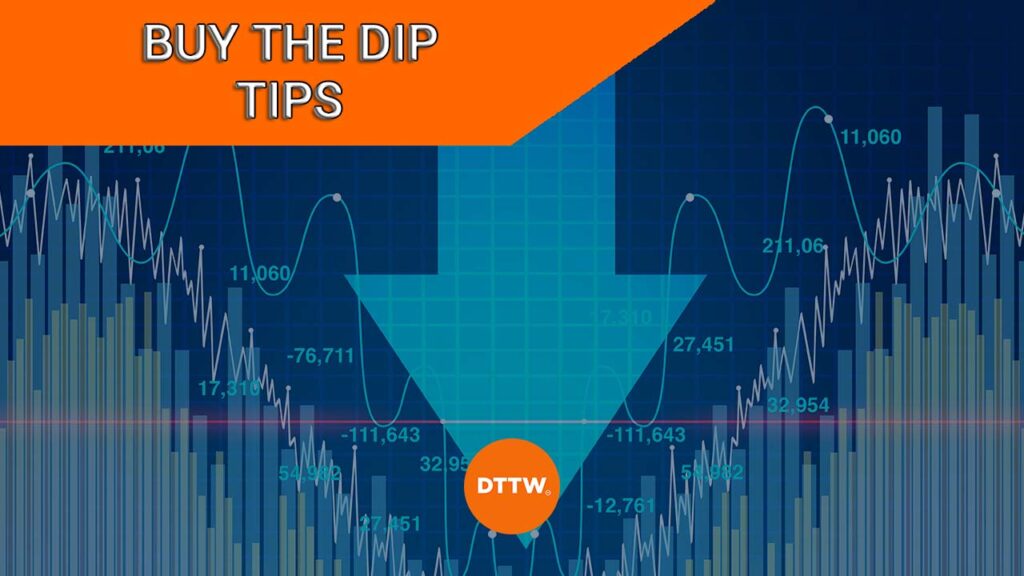Buy the dip is a situation where traders focus on purchasing financial assets whose price has dropped substantially. The concept is that if you buy the dip, you will take advantage of the asset as its price makes a comeback.
In this article, we will look at what buying the dip is and when you actually needs to buy an asset whose price has collapsed.
Buy the dip definition
Buying the dip is defined as the process of scooping financial assets after the drop. This drop could be sudden or one that takes some time to form.
A good example of this situation is Adani Group, whose shares crashed hard in early 2023 after a short-seller report called it a con. The stock plunged from an all-time high of 4,182 INR to a low of 1,020 INR within a short period.
Therefore, in this case, some traders rushed to buy the stock, thinking that it was incredibly cheap. As such, if the stock did stage a recovery, these traders or investors would have made a lot of money.
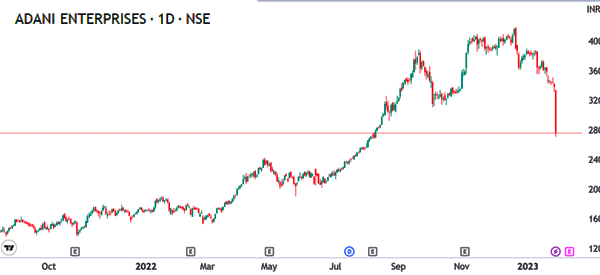

Buy the dip could also happen when a stock falls over a long time. A good example of this is a company like Meta Platforms, whose stock plunged over some time as fears of its ad model remain. As such, some investors could determine that the stock was actually oversold and buy the dip.
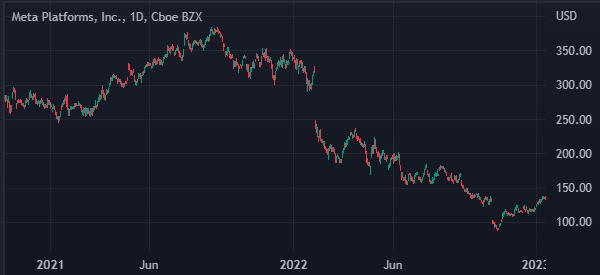

Buying the dip is also known as catching a falling knife. It is derived from the fact that catching a knife that is falling can cut you.
Sell the rip definition
The opposite of buying the dip is known as selling the rip. It is a process where you short a stock or financial asset that has tumbled.
The idea is that the financial asset will continue falling in the near term because of the challenges that pushed it lower in the first place.
For example, in the case of Adani Enterprises, a short-seller would have continued to short the stock, hoping that the downward trend will continue over time.
How to buy the dip
There are several things to do when you want to buy the dip of an asset. Although the steps to follow may appear to be many, once you master them their execution becomes almost automatic.
Find the reasons for the dip
The first thing to buy the dip is to find out the reason why an asset’s price crashed in the first place. There are numerous of reasons why this could happen.
The most common reason why a dip happens is when there are earnings. In most cases, a stock will tumble badly if a company publishes weak financial results in the market. A good example of this is shown below when Lyft shares collapsed after earnings.
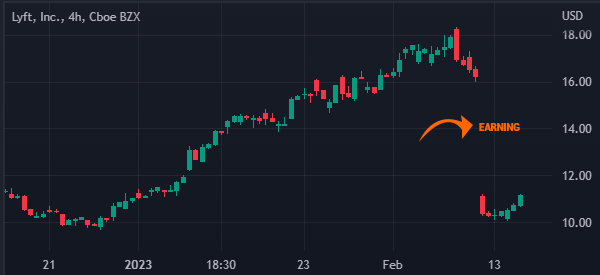

After finding out the reason for the dip, you should then go ahead and do your analysis to figure out the longer-term impact of the news.
In case of a weak earnings report, it is usually followed by numerous analysts’ downgrades. As such, a stock may continue falling for a long time.
Just wait
The next part of buying the dip is the need to wait before you execute a trade. A common mistake that people make is that they rush to either buy the dip or sell the rip at the heat of the moment. This is wrong!
Instead, you should take time to assess the situation before you initiate a trade. While doing this will lead to some missed opportunities, the reality is that it is a safer option to go about it.
Multi-timeframe analysis
The next strategy that will help you when buying the dip is to conduct a multi-time frame analysis. This is a situation where you analyse a financial asset in different timeframes like weekly, daily, hourly, and 30-minutes. The benefit of doing this is that it will help you identify several support and resistance levels in the market.
A good example of this is in the Lyft chart above. The four-hour chart shows that the stock made a major dip. However, if we turn on the weekly chart, we get a clearer picture of the lowest point when it collapsed.
That price was a few points above the all-time low of $9.65. Therefore, in this case, if the stock crashes below that level, there is a high likelihood that it will continue falling.
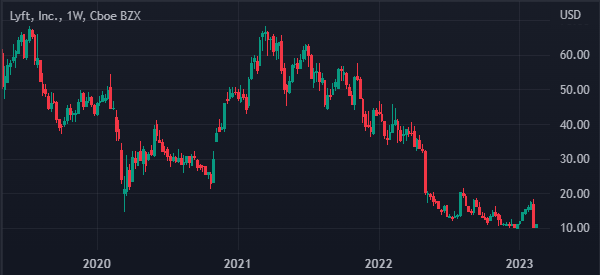

Look at the overall trend
Finally, you should always look at the overall trend of an asset. The trend is always your friend. A good way to do that is to use a moving average indicator. This is an indicator that looks at the average asset price of an asset over time. During an uptrend, the stock tends to remain above the moving average.
Therefore, if the stock drops and moves below the moving average, it could be a sign that it is not a good time to buy the dip.
A good example of this is shown on the daily chart below of the S&P 500 index. The chart shows that the index always rebounded when the index retested the 50-day exponential moving average.
Therefore, in this case, you could have bought the dip when it moved to the 50-day moving average/.
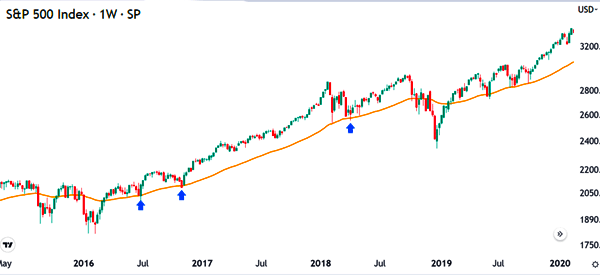

Beware of a dead cat bounce
The final thing to always do is to be aware of a dead cat bounce, which happens when a stock rises and then declines sharply.
You can take care of this by looking at the overall volume of the asset. If the volume is not rising, then there is a likelihood that the asset will start declining. Therefore, you should always protect your trades with a stop-loss.
Summary
In this article, we have looked at the concept of buying the dip or selling the rip. The approach can work well and help you make money in the market.
However, at times, it can leave you holding the bag or holding a value-less asset. Using our tips will help you be more active and successful when using the strategy.
